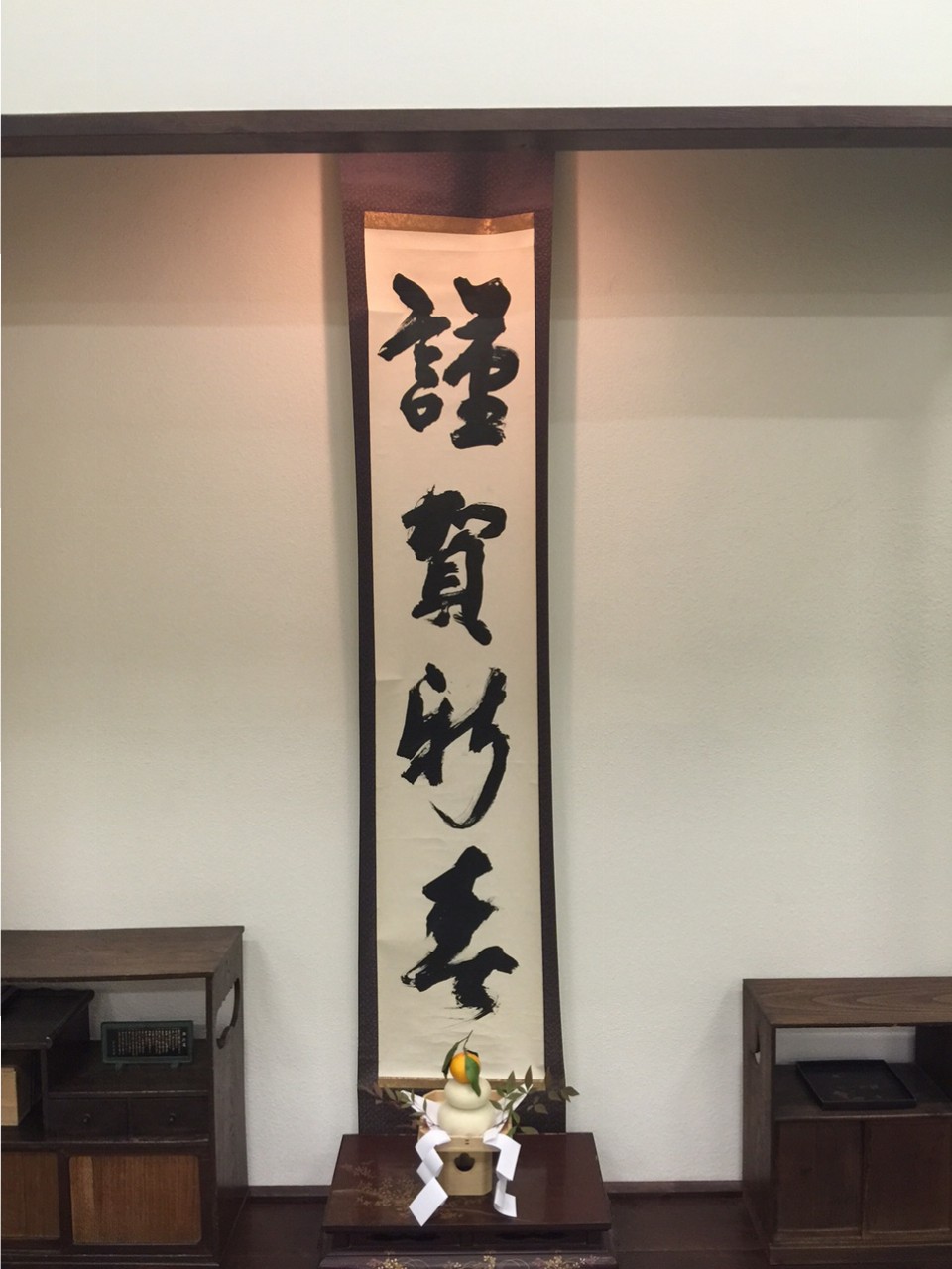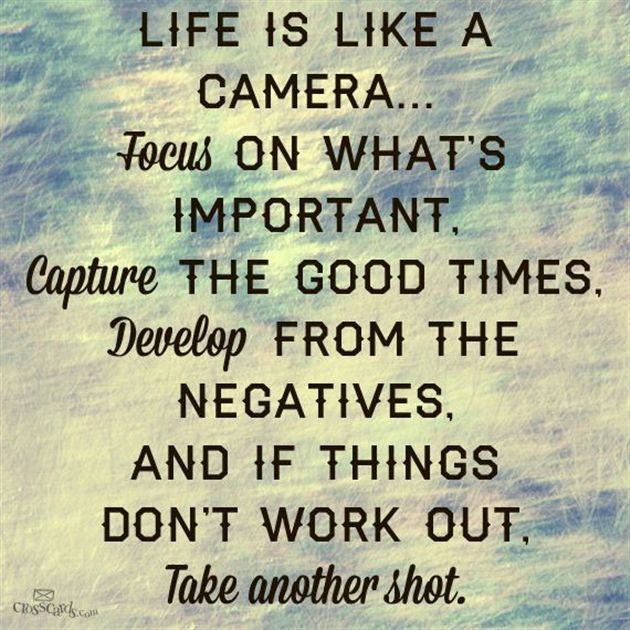“You can have it all, but not all at once.” - Valarie Jarrett, Presidential Adviser
What does it take to have it all? Today more than any time in history, people are busy and multi-tasking has become a way of life. We get more accomplished in a day than our ancestors did in a year. But, does accomplishment equate to fulfillment?
To be fulfilled is to be satisfied with what one has and the way in which it was brought about. When we multi-task are we really finding satisfaction or just accomplishment? And if we accomplish something are we happy or satisfied with how we attained it?
Generally when we multi-task, something goes missing and that something is usually our present-ness. Do you remember that sandwich you gulped down while working from your desk or the conversation you had while driving your car and eating your lunch on the way to the meeting? Probably not. When we are not present, we are not truly experiencing that thing in which we are doing.
Aikido training is the antithesis to life's multitasking present-less lifestyle. When one comes to the dojo, one needs to be at the dojo. Often times people are there physically but in another place entirely mentally.
True Aikido requires that we focus our energies, but if our mind is not in line with our bodies we are not doing Aikido.
The quote above came from an article about one of President Obama's advisers. In the article she talks about the need to know what is most important at that moment. “You can have it all, but not all at once” admonishes us to live our lives according to what is most important to us first then let everything else fall into alignment and Aikido is all about alignment. When we are at the dojo, we need to be at the dojo but we can only do that if our lives are in alignment.
To be in alignment is to make time for the things that are important to us. When we are with our loved ones, we need to be with them - body, mind and spirit. When we are at work, we need to be at work. When we are at the dojo, we are trying to teach ourselves to truly be there and with this presence comes enlightenment.
Source: https://www.yahoo.com/parenting/you-can-have-it-all-but-not-all-at-once-words-131943701.html
 In Aikido we think of budo training as a journey. Along the journey we tested as well as we accumulate experiences. These experiences help to shape us. The journey of training, or life for that matter, is not supposed to be easy. Garth Brooks has a great line in one of his songs that goes, "You're not wealthy until you have something money can't buy." Pursuing the way of Aikido is something that anyone can do but most will not. Training is all about developing one's self - physically, mentally, emotionally and spiritually.
In Aikido we think of budo training as a journey. Along the journey we tested as well as we accumulate experiences. These experiences help to shape us. The journey of training, or life for that matter, is not supposed to be easy. Garth Brooks has a great line in one of his songs that goes, "You're not wealthy until you have something money can't buy." Pursuing the way of Aikido is something that anyone can do but most will not. Training is all about developing one's self - physically, mentally, emotionally and spiritually.











